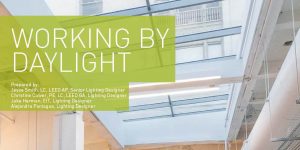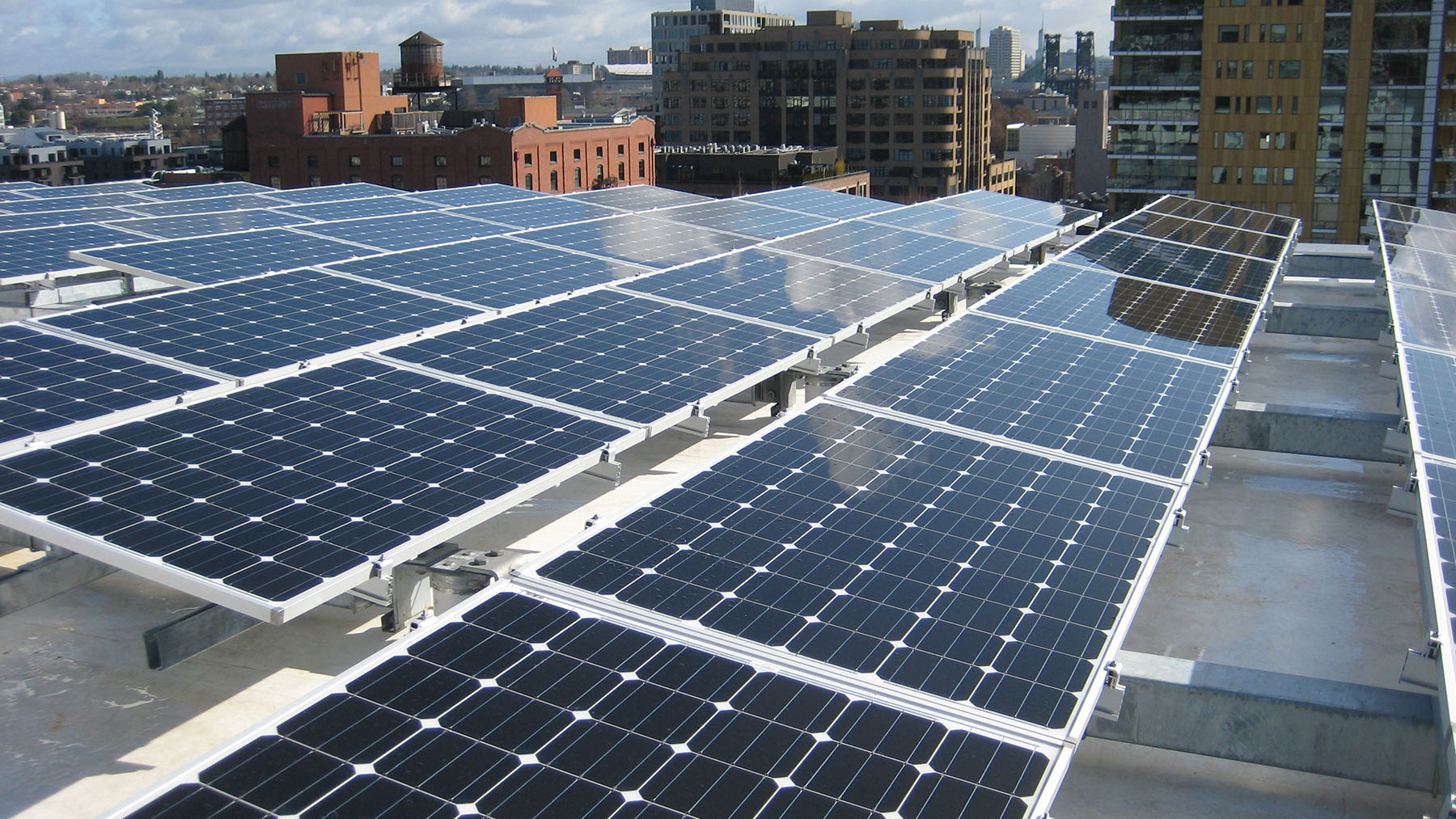- City of Los Angeles Existing Decarbonization Work Plan
- SAIF Headquarters Renovation & Addition
- Seattle Asian Art Museum
- Mirabella at Arizona State University
- San Francisco International Airport Sustainability and Energy Services
- Sonoma State University Carbon Neutrality Roadmap
- Sacramento Municipal Utility District Commercial Electrification & Energy Efficiency Program Support
- Sonoma State University Carbon Neutrality Roadmap
- City of San Luis Obispo Carbon Neutrality Plan
- Oregon State Treasury
- One Beverly Hills
- Clifford L. Allenby Building
- Allen Institute for Brain Science
- CenturyLink Field Tune Up
- Credit Human Building
- 400 Westlake
- SoFi Stadium
- DGS Natural Resources Headquarters
- Wilshire Grand Tower
- Hassalo on Eighth
- Arch | Nexus SAC
- Daimler Nova North America Headquarters
- University of Washington Bothell - Discovery Hall
- Sokol Blosser Winery Tasting Room
- Oregon Military Department Camp Withycombe
- Amazon HQ - Vulcan Blocks 44, 45, 52e
- Kaiser Permanente Antelope Valley MOB
- Creekside Community High School
- Oregon Military Department - Fort Dalles Readiness Center
- Indigo | Twelve West
- Vestas Americas HQ
- Los Gatos Library
- California State University Northridge Sustainability Center
Vestas Americas HQ
Portland, Oregon, United States
When Vestas – one of the world’s largest manufacturers of wind turbines – decided to move its North American headquarters into the historic Meier & Frank Delivery Depot in Portland, Oregon, they were challenged with sustainably modernizing a building that has stood for nearly a century and is listed on the National Register of Historic Places. Glumac MEP engineering experts were tasked with helping them meet that challenge, providing MEP engineering, as well as lighting, fire alarm, telecom and security systems design. The result was a LEED Platinum designation, an Energy Star score of 99, and the International Living Future Institute’s (ILFI) energy efficiency REVEAL label, making this historic Portland landmark the most energy-efficient building on record in 2014 in the United States.
Glumac also provided energy modeling services, CFD analysis, LEED scoping and sustainable planning sessions, including recommendations on sustainable building design elements. A rainwater collection/reuse system was implemented to decrease water usage and waste. And a central, multi-story atrium was constructed to reduce energy use by providing much of the interior with strong natural lighting. The building now also features the largest roof-mounted solar energy area in the city’s central business district. The building now also features five floors of work space for some 400 employees, with built-in flexibility to accommodate up to 200 more for future expansion, making this a place Vestas and co-tenants can call home for years to come.
With maintaining the building’s early-20th century look and feel as a critical goal, the new Vestas Americas HQ stands out as an example of the real success in redeveloping and repurposing historic structures.
Size: 172,000 sf
Project Cost: $66.3 million
Completion Date: 2012
Architect: Ankrom Moisan Architects, GBD Architects, Peter Meijer Architects
Developer: Gerding Edlen
Services: MEP Engineering, Energy Analysis, Lighting Design
Images courtesy of Jeremy Bitterman
Photovoltaic Systems
Displacement Ventilation
Optimized Daylighting
Rainwater Harvesting
Sustainable Building Design
Great Projects

Historic Renovations:
Vestas Saves 70% in Energy Costs
To the passerby, the Vestas Headquarters in Portland’s Pearl District, looks like a simple, modern commercial building converted from a historic block structure. Hidden beneath the surface, it is in fact one of the highest performing office buildings in the country. | Read More
EXPERTISE

Working by Daylight:
How Circadian Lighting Increases Productivity
By now, we all know that low access to daylight can be detrimental to our health. Eye strain, exhaustion, and weakening mental health are all issues that share a root cause in poor access to light. But what if the implications of access to daylight went beyond wellness and energy savings, and we could prove it was inextricably linked to increases in productivity? |Read More
EXPERTISE

Lighting Control Basics:
Occupancy and Vacancy Sensors Explained
in a high-performance office building, lighting can account for 20% of energy use. Properly applied, lighting controls can easily reduce that portion by 25%. But, as with any high-performance strategy, there are subtleties to the technology and application. In this article, we’ll explain the basics of occupancy sensors and their important counterpart, the vacancy sensor. | Read More



